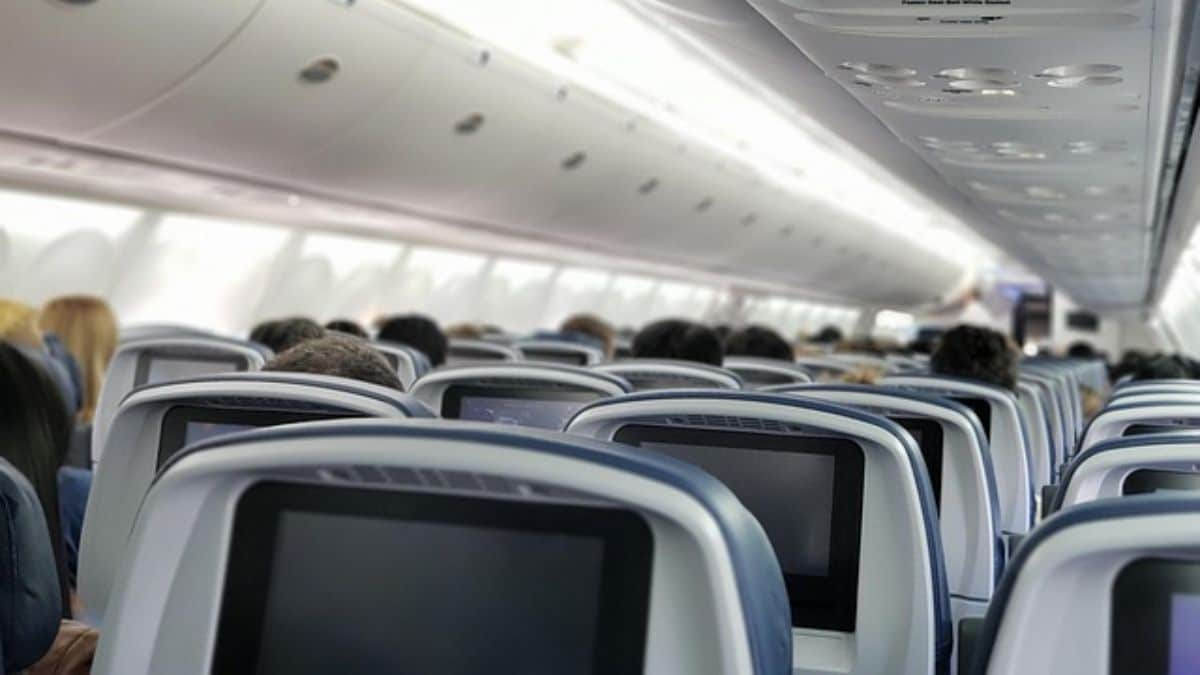

The recent Air India plane crash, where a sole survivor miraculously escaped from seat 11A, has ignited a global discussion: Is there a "miracle seat" on airplanes? While the story of Vishwash Kumar Ramesh walking away from the wreckage has captured headlines and sparked fervent online debates, aviation experts caution against simplistic conclusions. Is row 11 truly special? Examining the complexities of plane crashes and available data suggests a more nuanced reality.
The idea of a "safest seat" is compelling, offering a sense of control in an inherently uncertain situation. The Air India crash isn't the only instance fueling this belief. A Thai singer, James Ruangsak Loychusak, survived a 1998 plane crash while seated in 11A. These coincidences contribute to the "miracle seat" narrative. However, experts emphasize that these are just that – coincidences. Aircraft vary significantly in their configurations, meaning seat 11A might be located in different places or even not exist on other planes.
While seat 11A happened to be next to an emergency exit on the Air India Boeing 787-8 Dreamliner, that isn't a universal characteristic. Ron Bartsch, Chairman at AvLaw Aviation Consulting, points out that the survival in this instance was likely due to the seat's proximity to the exit, but stresses that "it's not always 11A; it's just 11A on this configuration of the Boeing 787."
Statistical studies have attempted to identify safer areas within an aircraft. A 2007 Popular Mechanics study analyzing crashes since 1971 indicated that passengers in the rear of the plane had a higher survival rate. Similarly, a TIME magazine analysis of FAA records showed that middle seats in the back had the lowest fatality rates. However, these are broad trends, and each accident presents unique circumstances.
Crash dynamics, including impact speed, angle, and the forces involved, play a significant role in determining survival. For example, if a plane crashes nose-first, passengers in the front may experience a greater impact. In the Air India crash, some experts suggest the front of the plane acted "as a shock absorber". Conversely, the rear of the plane is more prone to separation from the aircraft and can experience increased turbulence during normal flight. The wing area is often cited as having greater structural integrity, but also poses risks due to the proximity of fuel tanks.
Proximity to emergency exits is another crucial factor. Studies have shown that passengers seated within five rows of an exit have a significantly higher chance of survival due to quicker evacuation times. However, even this isn't a guarantee, as exits can become blocked or unusable after a crash, as was the case in the Air India crash, where the exit on the opposite side of seat 11A was blocked by a building.
Ultimately, aviation experts agree that there is no foolproof "safest seat" on a plane. Mitchell Fox, a director at the Flight Safety Foundation, states that "each accident is different, and it is impossible to predict survivability based on seat location." While seat location can offer a marginal advantage in specific scenarios, other factors, such as paying attention during the safety briefing, knowing how to brace for impact, and acting quickly in an emergency, are far more crucial.
Given these insights, passengers can make informed choices. Opting for seats near exits, when possible, and familiarizing themselves with evacuation procedures are practical steps. However, it's equally important to acknowledge the inherent randomness of plane crashes and focus on controllable factors, like always wearing a seatbelt and remaining vigilant during the flight. The "miracle of seat 11A" serves as a reminder of the unpredictable nature of survival, rather than evidence of a guaranteed safe haven in the sky.